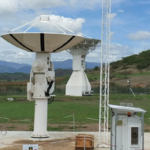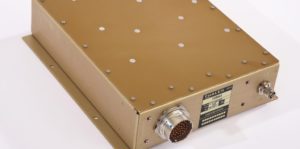
Tag Archives: Thales
Indra expands with four new stations the Galileo ground segment

The new stations will join the ten uplink stations that Indra has already put into service and six others currently in development from a previous contract. Read more…
GSA and Thales launch the EDG²E project to further optimise aviation navigation with Galileo

The GNSS receiver is the cornerstone of aircraft navigation systems. The system processes signals from satellite constellations and the Space Based Augmentation System (SBAS) to accurately determine aircraft position, altitude and velocity. The prototype receiver developed under the auspices of the EDG²E project will use signals from US GPS and European Galileo positioning systems, as well as from SBAS multi-constellation EGNOS. The project aims to achieve a prototype demonstration by 2021. The prototype receiver performance will be evaluated during a flight test campaign performed by ATR using one of the company’s test aircraft. Read more…
EU Galileo and Japanese QZSS combination pushes driverless cars
The Japanese government and the European Union plan to connect their global positioning systems to speed up the development of autonomous driving technology.
If all goes as planned, Japan’s Quasi-Zenith Satellite System and the EU’s Galileo will be linked as early as 2018. The link will be a common digital language that the systems will use to transmit information. This will allow driverless cars and autoparts developed for the Japanese market to be shipped and used outside Japan. Read more…
GPS and Galileo: a winning combination for aviation and beyond
Twenty years ago, the air transport sector clearly identified the benefits of GPS for flight management and air traffic control. Today, the future of Global Navigation Satellite Systems (GNSS) lies in a combined use of GPS and Galileo.
This year, the first LPV-200 approach was successfully made at Paris Charles de Gaulle airport (https://galileognss.eu/first-egnos-lpv-200-approach/), the first such approaches to be implemented in Europe. It was achieved using GPS SBAS/LPV (EGNOS) receivers, lending further credibility to the EGNOS GNSS system. Read more…

